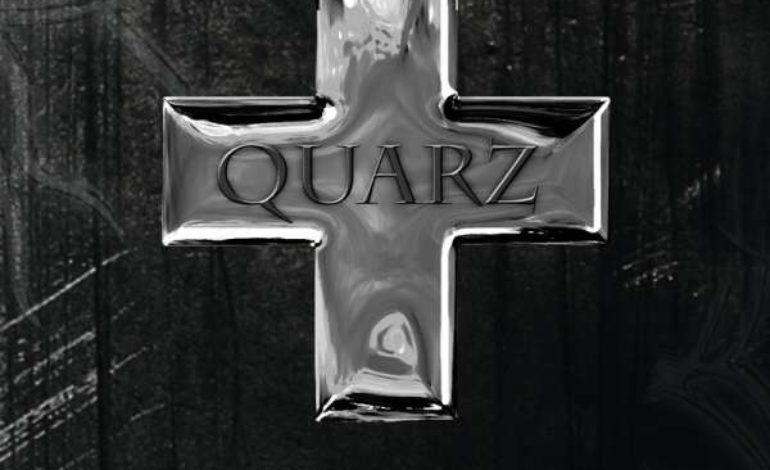

A deft blend of metal and techno influences
With 2021 winding down, it’s time to get in the holiday spirit. Fortunately for metal fans, Stahlmann has gifted its fanbase with a new album called Quarz, released on December 10th.
Göttingen, Germany-based Stahlmann (German for “Steelman”) first entered the metal scene in 2008. The group released their debut EP Herzschlag only a year later in 2009 and saw immediate success as the album entered the top 20 of the Deutsche Alternative Charts for four weeks. Stahlmann signed with AFM Records in 2010 and subsequently released their first official album, Stahlmann.
The band is identified with Neue Deutsche Härte, a subgenre of metal that translates to “new German hardness.” This genre is influenced by Neue Deutsche Welle, alternative and groove metal with elements of electro-industrial and techno—Rammstein being the most well-known example.
Stahlmann has seen its fair share of success and recognition over the last 13 years. The group has toured with fellow Neue Deutsche Härte bands such as Eisbrecher across Europe and has performed with artists such as Doro, In Extremo and Saltatio Moris. Although the group has seen a lot of positive attention, they’ve had an inconsistent roster, going through 14 members so far. The current lineup consists of Martin Soer on vocals and programming, Mario Sobotka on guitar, Dimitrios Gatsios on drums and Eugen Getman on bass.
Martin Soers’ vocals shine on Quarz and perfectly compliment the instrumentals while adding a techno edge to the album. This mix of metal and techno gives it a futuristic atmosphere, which is fitting for the coming new year and a time of innovation.
It would be an understatement to say the best part of Quarz is its instrumentals. Every single song on Quarz has its own distinctive feeling, with Stahlmann keeping it fresh every time. Some songs like “Gottmacschine” rely more on guitars and traditional metal sounds, while others, like “Herz und Tränen,” rely on bass and techno influences.
Standout songs on Quarz include “Wollust,” “Herz und Tränen” and “Gottmaschine.” Each of these songs has its own style to differentiate itself from one another. “Wollust,” for example, kicks off the album with its speed and reliance on drums. “Herz und Tränen,” on the other hand, is a more vocal-oriented song that focuses on techno, while “Gottmaschine” relies more on its futuristic guitars that combine techno and metal stylings. “Der Sturm” is exceptional as well with its ability to fit in with the futuristic vibes of Quarz but stands out for its darker and heavier instrumentals, contrary to the rest of the album’s lighter-pitched instrumentals. “Sonnenreich” stands out as well for its ability to combine guitars and drums with techno beats that make the song feel grounded in the present-day but futuristic as well.
All in all, Quarz is an excellent addition to Stahlmann’s discography. Each song has its own distinctive feeling complimented by strong vocals and beats. The electro-industrial and techno influences are clear through the vocals and instrumentals, making for a distinctive album that will please not only longtime metal fans but newer metal fans as well for its mix of different music styles.
